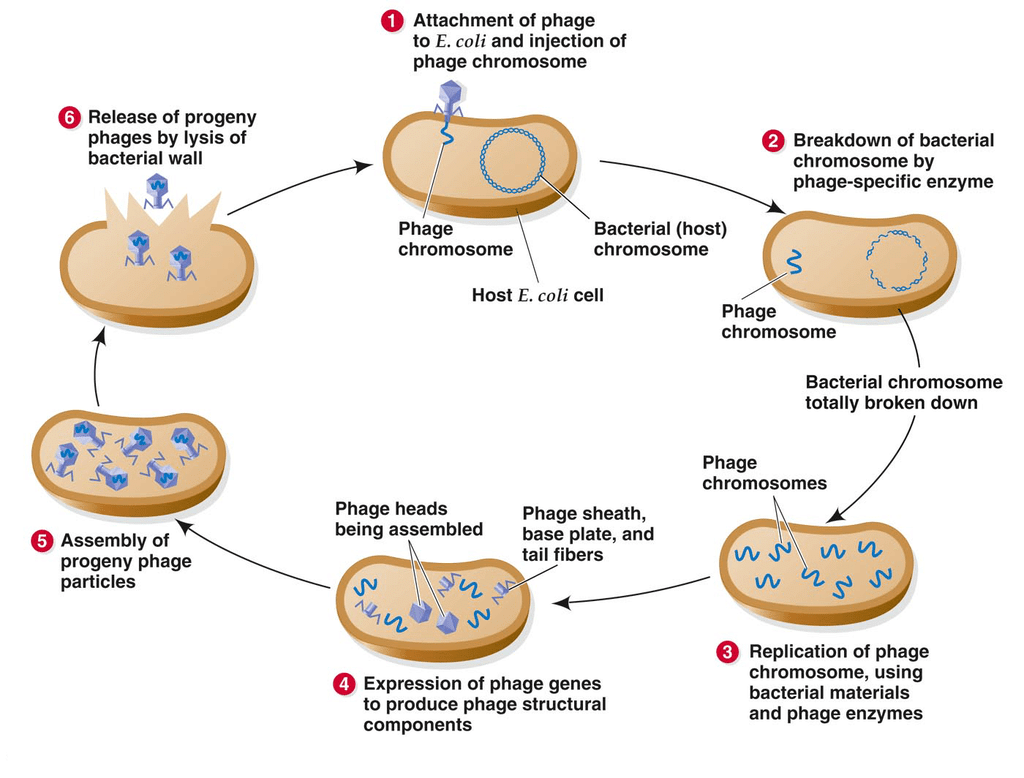Viruses, Viroid, Prions & Lichens | Biology for JAMB PDF Download
History of Viruses
- Virus: Latin word, which means "poisonous fluid" or "venom" or "secretion" (According to Pasture).
- Ivanowsky separated a microorganism from the sap of the infected plant and named it "TMV".
- He reported that viruses are smaller than bacteria and they can pass through the bacterial-proof filters.
- Beijerinck called them Contagium vivum fluidum or Living infectious fluid.
- Stanley crystallized TMV first time and a Nobel prize was awarded to him.

Characteristics of Viruses
- These are submicroscopic & non-cellular organisms generally smaller than 200 mμ/200nm.
- They are obligate intracellular parasites.
- They have either RNA or DNA. No virus contains both DNA and RNA.
- They are inert outside their specific host cell in crystalline form.
- They contain nucleic acid so they are capable of protein synthesis with the help of ribosomes of the host cells.
- Virus is an obligate parasite.
- It is inert outside the host cell. An inert virus is called a virion.
- It can be crystallized and stored indefinitely.
- A biosynthetic machinery is absent.
- There is no system to liberate energy.
- A virus does not grow.
- It does not divide or reproduce like typical organisms. Instead, it multiplies by the independent formation of its parts using host machinery and then assembly of parts to produce virus particles.
- A virus lacks irritability and motility.
- It requires a vector for transfer from one host to another.
- A virus having an arthropod as a vector or intermediate host is called arbovirus.
Morphology and Structure of Viruses
Size:
- The virus is the smallest entity.
- Size varies from 10 nm (Foot and Mouth Virus of Cattle), 17 nm (Alfalfa Mosaic Virus). 300 x 17.5 nm (in TMV), 400 nm (Parrot Fever Virus), 1250x 40 nm (Beet Yellow Virus), 1300 x 6 nm (Pseudomonas Pf).
- Very large viruses up to 1 µm in size with up to 2500 genes have been discovered by Claverie and Abergel (2013), e.g., Megavirus.
- Some genes present in these viruses are connected with sugar, lipid and amino acid metabolism. These metabolic genes are not found in other viruses.
Shape:
Three architectural forms are found in viruses:
 Viral Shapes
Viral Shapes
- Helical (elongate body, e.g.TMV)
- Cuboidal (short broad body with rhombic, rounded, polyhedral shape, e.g., Poliomyelitis virus)
- Binal (with both cuboidal and helical parts, e.g., many bacteriophages like T₂).
Classification of Viruses
The classification of viruses is dependant on their genetic material. Genetic material is either DNA or RNA. Accordingly, viruses are divided into two groups:
(a) Deoxyvira or DNA viruses: All the three structural forms are known deoxyhelica, deoxycubica and deoxybinala.
(b) Ribovira or RNA viruses: They are of two types, ribohelica and ribocubica. Most of the animal viruses are DNA viruses with a few important ones having RNA, e.g., Rabies Virus, Polio Virus, retroviruses including HIV or AIDS virus. Most of the plant viruses are RNA-viruses with a few having DNA (e.g.. Cauliflower Mosaic Virus).
Bacteriophages have commonly double-stranded DNA but all other genome types also occur.
Types of Viruses
Viruses are host-specific. Holmes (1948) has divided viruses into three groups:
(a) Plant Viruses (Phytophagineae): They cause disease in plants, e.g., Tobacco Mosaic
Virus; Potato Mosaic Viruses, Banana Bunchy Top Virus, Tomato Leaf Curl Virus.
(b) Animal Viruses (Zoophagineae): They parasitize animals including human beings, e.g., Poliomyelitis Virus, Influenza Virus, Small Pox Virus, Hepatitis Virus, Mumps Virus, Rhino Viruses cold viruses), HINI (Swine Flu (Bird Flu Virus), Ebola Virus, SARS
(c) Phagineae: They parasitize lower organisms - bacteriophages (bacterial viruses, e.g. T2, T4, lambda), coliphages (bacteriophages of Escherichia coli), cyanophages (blue-green algal viruses, e.g., LPP-1, SM-1, N 1), phycophages (algal viruses), mycophages (fungal viruses), zymophages (mycophages of yeast).
Components of Virus
- A virus consists of two parts- nucleoid (genome) and capsid.
- An envelope is present in some cases. A few enzymes are also known to occur occasionally inside the virus.
1. Nucleoid:
- It represents the viral chromosome.
- Nucleoid or viral chromosome is made of a single molecule of nucleic acid.
- It may be linear or circular with various degrees of coiling.
- Nucleoid is the infective part of the virus.
- The nucleic acid is either DNA or RNA but never both.
- DNA containing viruses are called deoxyviruses while RNA-containing viruses are termed riboviruses.
- Each of them has two subtypes, double-stranded and single-stranded.
(i) Double-Stranded or dsDNA: It occurs in T₂, T4 bacteriophages, coliphage Lambda,
Virus-40 (SM40), Hepatitis B (circular).
(ii) Single Stranded or ssDNA: Coliphage MS 2, Coliphage fd (linear), Coliphage x 174 (circular). The single strand of DNA is called the plus strand. A complementary or negative strand of DNA is synthesized to produce a DNA duplex for replication during the multiplication of the virus.
(iii) Double-Stranded or dsRNA: It is found in Reovirus and Tumour Virus (both linear).
(iv) Single Stranded or ssRNA: The condition is more common in riboviruses. The single-strand RNA is generally linear, e.g. Poliomyelitis Virus. Foot and Mouth Disease Virus, Influenza Virus, Tobacco Mosaic Virus (TMV). Tobacco Necrosis Virus, Potato Mosaic Virus, Bean Mosaic Virus. Retroviruses. Retroviruses have two copies of single-stranded RNA (hence diploid). e.g. HIV (Human Immunodeficiency Virus, HTLV-III. AIDS Virus). HTLV-1, HTLV-11 (Human T-lymphotrophic Viruses), Rous Sarcoma Virus (RSV of Mouse). In some riboviruses, the RNA can directly function as a template and take part in replication (e.g.. TMV, Influenza Virus. Paramyxo Virus). In other riboviruses, the RNA of the nucleoid myxo is first employed in synthesizing complementary DNA through reverse transcription (e.g.. Oncogenic Viruses, HIV). Because of the latter, these viruses are called retroviruses.
The viral chromosome or nucleoid does not contain many genes. T4 bacteriophage contains about 100 genes. Viral chromosome or nucleic is coiled with the help of some polyamines or internal proteins.
2. Capsid (Sheath Coat):
- It is the proteinaceous covering around the virus which protects the nucleoid from damage from physical and chemical agents.
- The capsid consists of a number of subunits called capsomeres or capsomers. The capsid of TMV has 2130 capsomeres. In binal bacteriophages the capsid sheath of the tail is contractile.
3. Envelope:
- It is a loose membranous covering that occurs in some animal viruses, rarely plant and bacterial viruses.
- In contrast to enveloped viruses, the viruses without an envelope are called naked.
- The envelope consists of proteins from (virus), lipids and carbohydrates (from the host).
- It has subunits called peplomeres or peplomers.
- The surface of the envelope can be smooth or have outgrowths called spikes.
- Common enveloped viruses are HIV, Herpes Virus, Vaccinia Virus. etc.
4. Enzymes:
- They are occasional.
- Enzyme lysozyme is present in the region that comes in contact with host cells in bacteriophages.
- Other enzymes are neuraminidase in Influenza Virus, RNA polymerase, RNA transcriptase, reverse transcriptase.
Differences between Lytic and Lysogenic Cycles
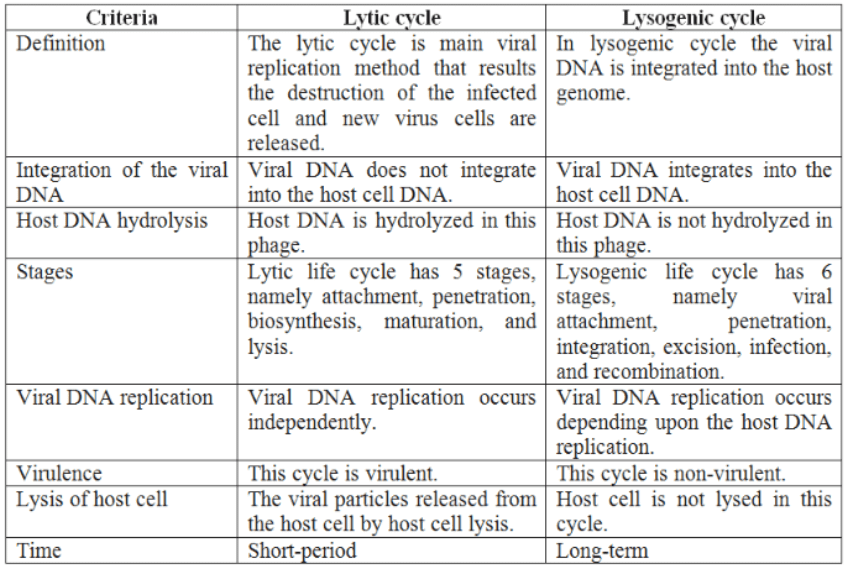
Viroids
- They are the smallest self-replicating particles that were discovered by Diener (1971).
- Viroids are infectious RNA particles that are devoid of protein coat. They are obligate parasites.
- The molecular weight of a viroid is low.
- The RNA is tightly folded to form a circular or linear structure.
- Viroids are known to cause diseases (some 20) in plants only, e.g., Potato spindle tuber. chrysanthemum stunt.
- Animal or human infection is not known.
- Viroid does not produce a protein as it does not possess an initiation codon.
- The mechanism of disease production is not very clear.
- Viroid particles can multiply by both RNA-dependent and DNA-dependent replication.
Prions
- They are highly resistant small-sized glycoprotein particles that function as infectious agents.
- They are formed due to mutation in gene PRNP that causes changes in a three-dimensional configuration.
- Prions can also act as catalysts converting normal protein into prion state.
- Prions are not affected by proteases, nucleases, temperature up to 800°C, UV radiations and formaldehyde.
- Prions accumulate nervous tissue and bring about its degeneration.
- Common diseases caused by them are scrapie of sheep, mad cow disease, Cruetzfeldt-Jakob disease (CJD) and kuru.
In fungi, prions have a defensive role against antibiotics and toxins (Halfman and Lindaquest 2010).
Lichens
- Lichens are dual organisms or entities which contain, a permanent association of a fungus or mycobiont and an alga or phycobiont.
- The fungal partner is usually an ascomycete and sometimes, a basidiomycete.
- The algal partner is mostly a green alga or a cyanobacterium (blue-green alga).
- The term lichen was coined by Theophrastus (370-285 B.C.).
- There are about 400 genera and 15,000 species of lichens. uninhabited places like barren rocks, cooled volcanic lava, icy tundra or alpines, sand dunes, roofs, walls, window panes, Tools, wall tree bark, leaves, etc.
- They commonly live under humid and exposed conditions but can tolerate extreme desiccation.
- However, lichens cannot tolerate air pollution, especially due to sulphur dioxide.
- Lichens are perennial.
- Their growth is slow.
- Some lichens of the arctic region are believed to be 4500 years old.
- Lichens have greyish, yellow ish, greenish, orange, dark brown or blackish colouration.
 Mycorrhiza
Mycorrhiza
- Mycorrhiza is the symbiotic association between roots of higher plants and fungus. Mycorrhiza is an example of symbiosis.
- Fungus obtain food and shelter from the root and it helps to root in the absorption of water & minerals
Mycorrhiza is of two types:
 (a) Ectomycorrhiza/Ectotrophic mycorrhiza:
(a) Ectomycorrhiza/Ectotrophic mycorrhiza:
- Occur only in about 3% of plant species
- Fungal hyphae enter intercellularly between cortical cells of the root.
- Ectomycorrhizal fungi occur in the roots of Pinus
- Ectomycorrhizal fungi are mainly members of class basidiomycetes. e.g. Amanita
Amanita is found in Pinus roots.
(b) Endomycorrhiza/Endotrophic mycorrhiza:
- Some fungal hyphae enter intracellularly in cortical cells of the root.
- Intracellular fungal hyphae form unbranched knob-like structures called vesicles, and form branched tree-like structures in cortical cells, called "arbuscule".
- So, endomycorrhiza is called Vesicular arbuscular mycorrhiza (VAM).
- Arbuscule acts as haustorium.
- VAM is useful for phosphate absorption. l Endomycorrhizal fungi are mainly members of class zygomycetes (Ex. Glomus)
Orchids are obligately dependent on mycorrhizal association for seed germination & further development.
Old NCERT Syllabus
Reproduction in Viruses
- It is of two main types, phagic and pinocytic.
- In pinocytic reproduction, the whole virus (except envelope, if present) passes into the host cell.
- In phagic reproduction, only the nucleoid enters the host cell.
- Phagic reproduction has two sub-types, lytic and lysogenic.
1. Lytic Cycle:
- It is the reproductive cycle of virulent phages, e.g., T4 bacteriophage.
- The phage attaches itself to the host cell (e.g. Escherichia coli) through its tail fibres.
- The fibres bend and bring the tip of the tail in contact with the host cell wall.
- The tip of the tail produces a hole in the bacterial cell wall by means of the enzyme lysozyme.
- The tail sheath contracts and injects the viral genome into the host cell.
- After entering the host cell, the viral DNA transcribes some early mRNAs to form some enzymes over the host ribosomes.
- Some of these are nucleases. They degrade host DNA and mRNAs.
- Ribosomes and tRNAs remain unaffected.
- Phage DNA and mRNA are also protected from nucleases due to the methylation of their cytosine bases.
- Parent viral DNA functions as a template and replicates repeatedly with the help of bacterial nucleotides.
- Simultaneously, host machinery (ribosomes, tRNAs, amino acids, energy) is used by phage genes to synthesize proteins for viral lysozyme, internal proteins and capsid proteins.
- Different components combine to form new viruses or phage particles.
- The host cell ruptures by means of lysozyme releasing the phage particles.
- The period between entry of viral nucleoid into the host cell and bursting of the host cell to release new viruses is called the eclipse period.

2. Lysogenic Cycle
- Lambda phage (λphage) has a higher degree of regulation of its genes.
- The phage is parasitic over Escherichia coli.
- It does not possess tail fibres for attachment to bacterial cells.
- The tail directly comes in contact with the bacterial cell, drills a hole in the wall and injects the phage DNA into the cell.
- In the lysogenic cycle, the phage DNA does not take over the control of the cellular machin ery of the host.
- Instead, it produces a repressor (e.g. cl) and undergoes reduction to a temperate or nonvirulent state.
- With the help of enzyme integrase, the viral genome becomes integrated with the chromosomal DNA of the bacterium at a specific site (e.g.. galactose locus in A phage).
- In this form, the viral genome is called a prophage.
- Prophage replicates along with bacterial chromosome and, therefore, gets distributed to the daughter bacteria.
- Prophage does not form virus particles because the genes connected with taking over host machinery remain repressed due to the formation of a repressor.
- At times the synthesis of the repressor is stopped.
- Repressors can also be destroyed by chemicals, high energy radiations and other adverse conditions.
- This converts the temperate or non-virulent virus into a virulent or lytic virus.
- Therefore, the bacterial cell carrying prophage is called lysogenic cell and the phenomenon of the existence of virus genome in prophage state along with host DNA is termed as lysogeny.
|
224 videos|175 docs|151 tests
|
FAQs on Viruses, Viroid, Prions & Lichens - Biology for JAMB
| 1. What is the history of viruses? |  |
| 2. What are the characteristics of viruses? |  |
| 3. How are viruses classified? |  |
| 4. What are the differences between the lytic and lysogenic cycles in viruses? |  |
| 5. What are prions and how are they different from viruses? |  |

|
Explore Courses for JAMB exam
|

|
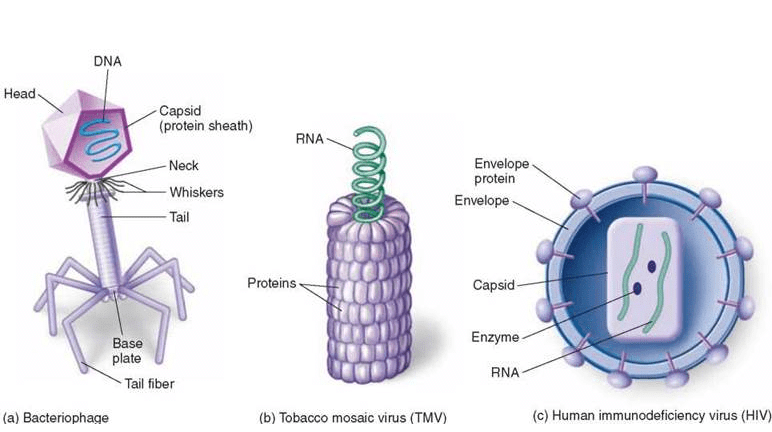
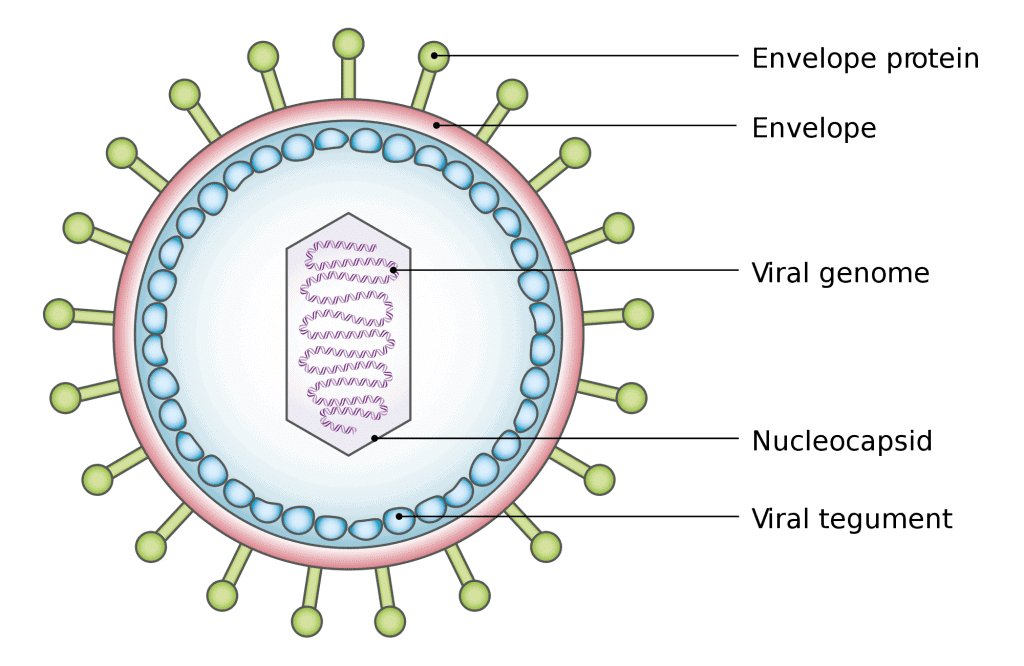
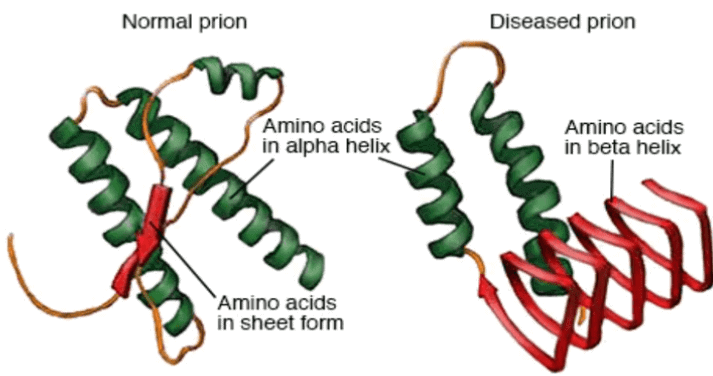
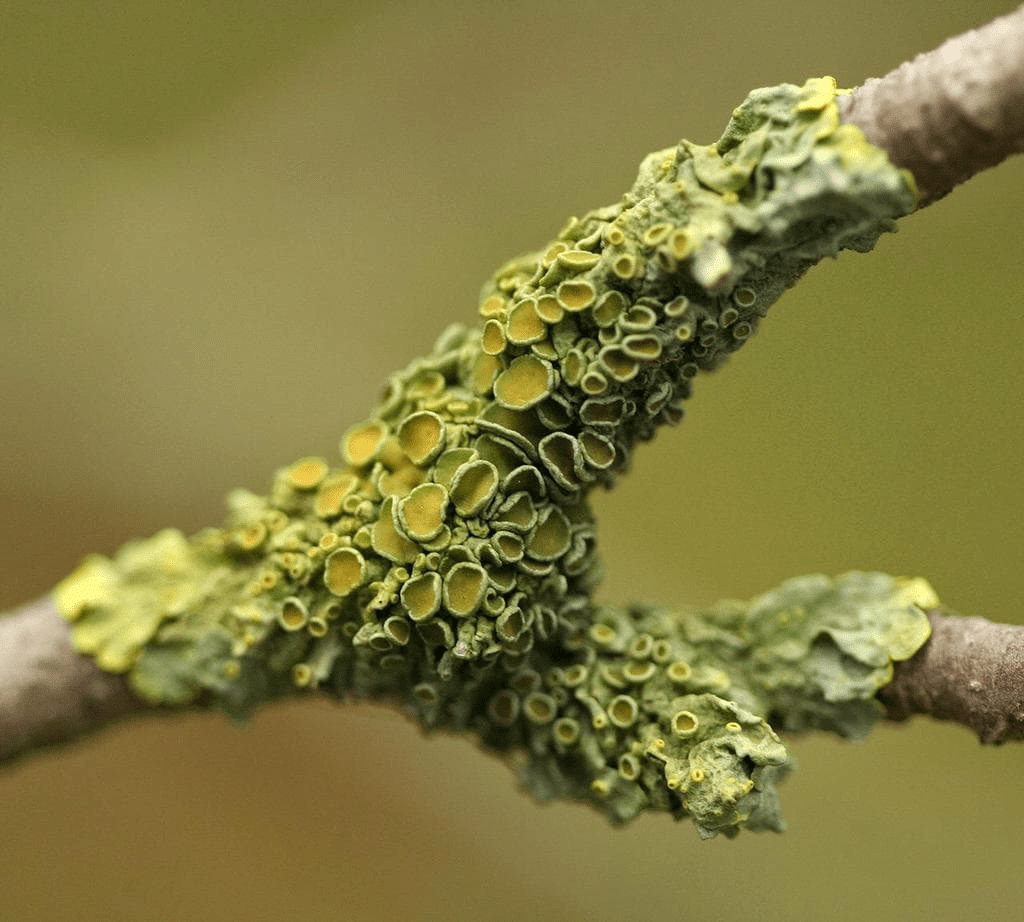 Mycorrhiza
Mycorrhiza (a) Ectomycorrhiza/Ectotrophic mycorrhiza:
(a) Ectomycorrhiza/Ectotrophic mycorrhiza: 